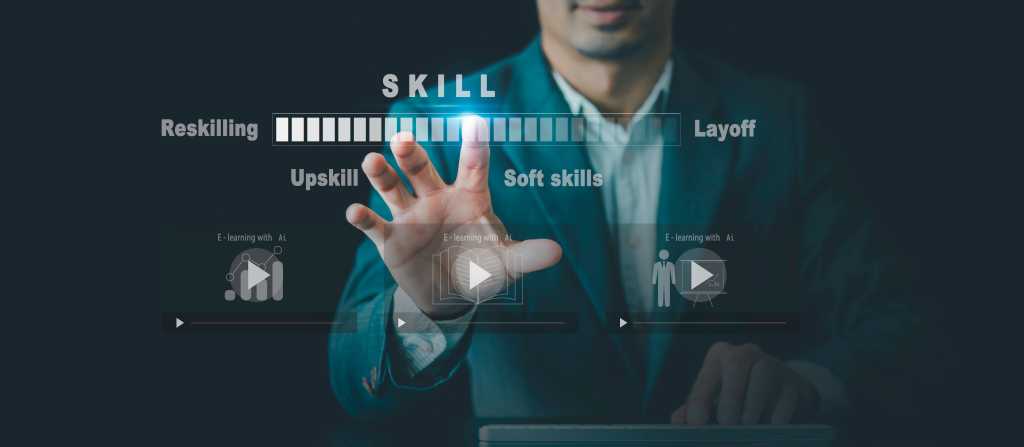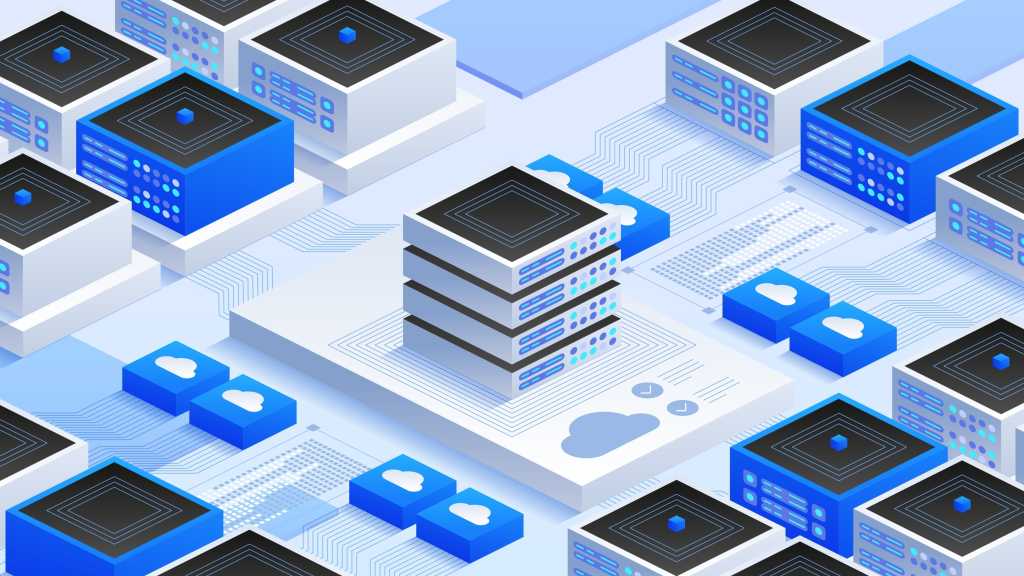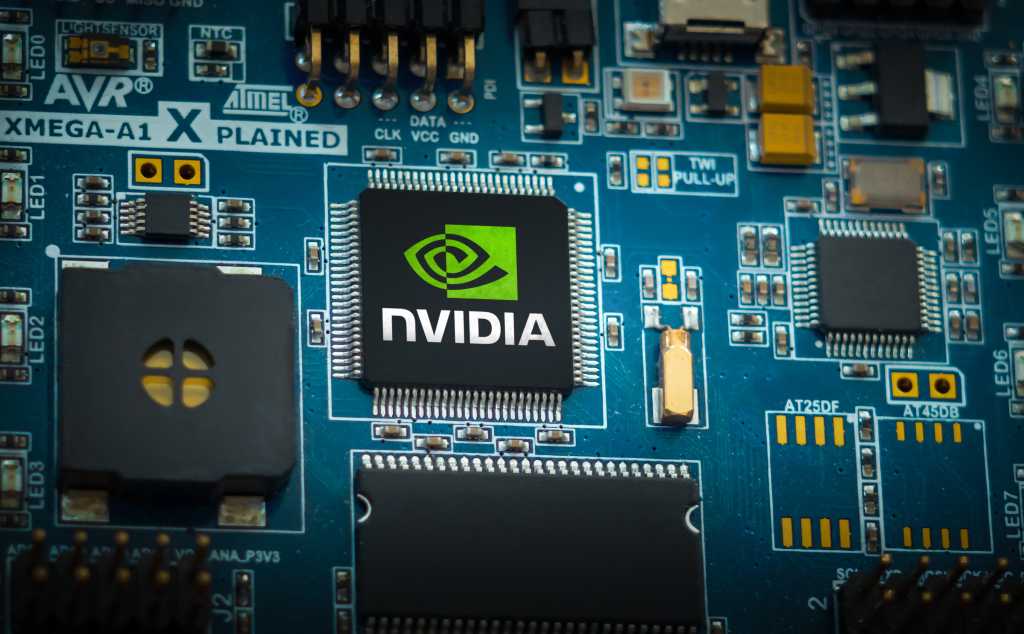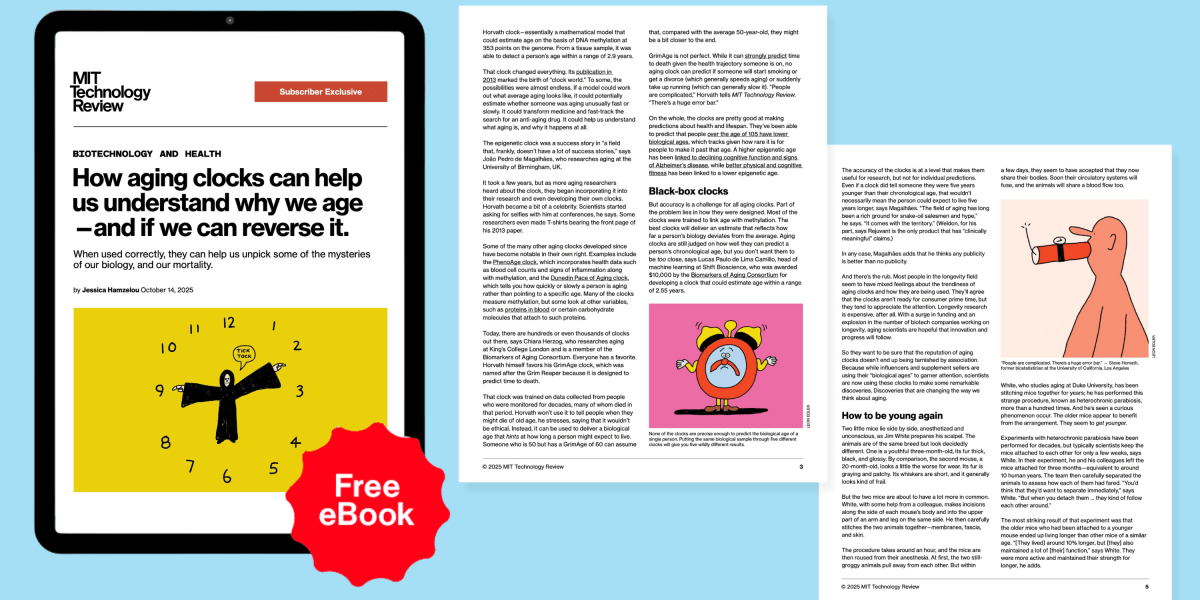Join our daily and weekly newsletters for the latest updates and exclusive content on industry-leading AI coverage. Learn More
L’Oréal Groupe announced at CES 2025 the L’Oréal Cell BioPrint, a hardware device that provides customized skin analysis in just five minutes at the beauty counter.
This isn’t surface-level: this device will utilize cutting-edge proteomics science to understand your skin’s unique biology. L’Oréal calls it a revolution in consumer skin intelligence rooted in the field of longevity science. The company made the announcement at CES 2025, the big tech trade show in Las Vegas this week. L’Oréal has been a regular at the event in recent years as the worlds of beauty and tech collide.
Proteomics, the study of how protein composition varies in our bodies and affects biological processes, is now being applied to skin intelligence, with a lab experience that has been miniaturized to the size of a credit card, the 115-year-old beauty company said.
Through L’Oréal Groupe’s exclusive partnership with Korean startup NanoEnTek, this groundbreaking technology makes it possible to measure L’Oréal Groupe-patented biomarkers within the skin – invisible clues that reveal the skin’s past, present, and future. L’Oréal’s Advanced Research, for the first time, identified biomarkers in the skin that can indicate key components of skin health and longevity.
The L’Oréal Cell BioPrint is a tabletop hardware device that provides personalized skin analysis in just five
minutes, using advanced proteomics – the study of how protein composition in the human body affects skin aging.
L’Oréal Cell BioPrint is made possible by L’Oréal’s Longevity Integrative Scienceä, a groundbreaking approach that reveals how mechanisms in the human body can affect skin’s appearance, and through an exclusive partnership with Korean startup NanoEnTek.
L’Oréal Cell BioPrint produces a personalized skin assessment in minutes including:
Skin’s Biological Age: How fast is skin aging? L’Oréal Cell BioPrint can calculate
skin’s age and provide personalized advice on how to slow down the appearance of
aging.
Ingredient Responsiveness: Will certain active ingredients work on one’s skin?
L’Oréal Cell BioPrint minimizes guesswork by helping to predict responsiveness to
certain key ingredients such as retinol.
Shifting from Reactive to Proactive Skincare: Is one’s skin prone to dark spots or
enlarged pores? L’Oréal Cell BioPrint can help predict potential cosmetic issues
before they become visible, enabling users to take proactive steps to help protect
the beauty of their skin.
“At L’Oréal, we’re always looking toward the future of beauty, blending cutting-edge
discoveries with our long-standing beauty expertise,” said said Barbara Lavernos, deputy CEO in charge of research, innovation and technology at L’Oréal Groupe, in a statement. “With skin being the largest organ, and a key part of people’s wellbeing, we are thrilled to unveil Cell BioPrint, an exclusive microfluidic lab-on-a-chip technology coupled with our century-long skin science leadership. With the Cell BioPrint device, we offer people the ability to discover deeper insights about their skin through specific biomarkers and to proactively address the beauty and longevity of their skin.”
In Pursuit of Increased Personalization in Skincare

The growth of the global skincare market, which is projected to reach $125 billion in 2024, is driven by consumers who are continuously seeking more information about, and more efficacious products for, their unique skin. According to a recent U.S. survey of 2,000 skincare users, nearly 80% reported relying on trial and error to determine what worked for them, with the average person reporting trying seven different cleansers before finding one they love.
The advanced science in L’Oréal CellBioPrint is now being applied to skin intelligence thanks to decades of knowledge-building and innovation by L’Oréal’s Advanced Research team, which identified for the first time, unique biomarkers in the skin that can indicate key components of healthy-looking skin and longevity.
The L’Oréal Cell BioPrint device also features NanoEntek’s exclusive microfluidic lab-on-a chip technology, which leverages some of NanoEnTek’s 100+ patents to measure the presence of L’Oréal‘s groundbreaking protein biomarkers in five minutes. It works through a simple, non-invasive process comprised of the following steps:
- Put a facial tape strip on one’s cheek, then place into buffer solution.
- Load the solution into the L’Oréal Cell BioPrint cartridge and insert it into the machine for analysis.
- While L’Oréal Cell BioPrint processes the sample, the Skin Connect device takes several images of one’s face and a short questionnaire about skin concerns and aging is completed.
L’Oréal Cell BioPrint is scheduled to pilot with a L’Oréal brand in Asia later in 2025. L’Oréal has more than 90,000 employees, including 20 research centers with more than 4,000 scientists and 6,400 workers. L’Oréal is focused on inventing the future of beauty and becoming a beauty tech powerhouse.
Daily insights on business use cases with VB Daily
If you want to impress your boss, VB Daily has you covered. We give you the inside scoop on what companies are doing with generative AI, from regulatory shifts to practical deployments, so you can share insights for maximum ROI.
Read our Privacy Policy
Thanks for subscribing. Check out more VB newsletters here.
An error occured.




















